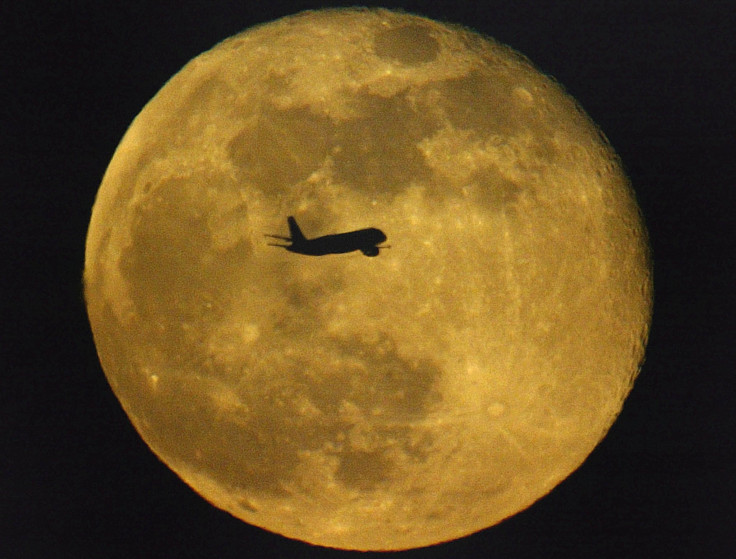NASA scientists uncover mystery of Apollo moon samples

A research team funded by NASA has explained the origin of organic matter found in lunar samples returned from the Apollo programme. Samples of moon soil carried by Apollo astronauts contained small amounts of organic matter present as amino acids. Amino acids, some of which are the fundamental blocks of proteins, form the set of essential molecules required to build and sustain bodily structures such as skin and hair.
Scientists think that it is unlikely for the organic matter to have come from life forms, owing to the completely hostile environment on the moon. Instead, they have suggested four possible sources for the discovery.
First, the organic matter could have resulted from contamination by terrestrial sources such as the Apollo missions, or, while being handled on Earth. Second, amino acids can be built by precursor molecules which are contained in rocket exhaust of the lunar modules. Third, hydrogen, nitrogen and carbon present in solar winds can contribute to the build-up of amino acids during lab analysis. These solar winds are blown continually off the Sun’s surface as electrically conducting gases. Fourth, amino acids present in meteorites that frequently bombard the surface of the moon can also be a reason behind the findings.
Jamie Elsila of NASA’s Goddard Space Flight Center in Maryland, said, “People knew amino acids were in the lunar samples, but they didn't know where they came from,” in a NASA press release. “The scientists in the 1970s knew the right questions to ask and they tried pretty hard to answer them, but they were limited by the analytical capabilities of the time. We have the technology now, and we've determined that most of the amino acids came from terrestrial contamination, with perhaps a small contribution from meteorite impacts.”
Amino acids at very low concentrations were found in seven samples brought back during the Apollo missions. The findings of the research hold value as they highlight the possibility of terrestrial contamination even in the most careful handling and observation of samples from celestial objects.
Contact the writer at feedback@ibtimes.com.au, or let us know what you think below




















